The Benedictine herb belongs to the daisy family. The most important ingredients are, in particular, bitter substances, flavonoids, triterpenes, essential oils and many minerals such as potassium and magnesium. In medicine, the herbal ingredients contained are used as a cholagogue and amarum.
Occurrence and cultivation of the Benedictine herb

When it is relatively odorless and very bitter Benedictine herb it is an annual plant that can reach a maximum height of 70 centimeters. The leaves can be 30 inches long and eight inches wide. The plant is reminiscent of thistles, because it has hairy and lobed leaves, the edges of which end in small thorns. They are light green underneath and have an elongated shape.
The Benedictine herb forms small flower heads, which are surrounded by prickly bracts and consist of yellow tubular flowers. The plant is native to the Mediterranean area. It is said that Benedict of Nursia recommended this herb to his Benedictines, who then grew it in the monastery gardens. This is how the plant should have got its name. The drug material that is used medicinally comes mainly from Eastern Europe, Italy and Spain.
Today the herb is also native to South America and parts of Africa. It grows on sunny, dry farmland and wasteland. It does not thrive on heavy and fat soils. The Benedictine herb is found, for example, on fields, sunny slopes, on stony and dry areas or in gardens. It blooms from May to August. The extraction takes place mostly by wild collection, whereby adulterations are very rare, because the plant is externally clearly recognizable.
Effect & application
The main components of the natural remedy include bitter and tannins, essential oils, flavonoids, terpenes, mineral salts and vitamin B1. The Benedictine herb is said to have antiseptic, secretion-promoting, diuretic, antipyretic and tonic properties. Except for the roots, the entire herb is used medicinally. The Benedictine herb is a medicinal plant that can be handled easily and safely. However, if you have an allergic reaction to daisy plants, you should avoid it.
Cross allergies are also possible with cornflowers or mugwort. The bitter substances in Benedictine herbs already stimulate the digestive process in the mouth. They trigger a reflex that allows saliva to flow, which has several functions. It contains mucilage, which makes the food ingested smoother, as well as enzymes that break down various sugars into individual components for better digestibility.
The appetite is also stimulated by increased salivation. In addition, the gastrin (digestive hormone) is released in the stomach, which stimulates gastrointestinal activity. Thanks to the essential oils contained in Benedictine herbs, the liver produces more bile, which is necessary for fat digestion. Benedictine herb extracts can relieve symptoms such as bloating, flatulence and loss of appetite.
For this, a teaspoon of Benedictine herb is poured over 300 ml of cold water and brought to the boil. It is then left to steep for two minutes and then poured off. Due to the higher bitter content, the effectiveness is better with cold approaches. Because of their sensitivity to heat, bitter drugs should never be boiled for long periods of time, but should always only be scalded so that the bitter substances remain unchanged. The lukewarm tea is drunk 30 to 60 minutes before meals to increase appetite and immediately after meals to relieve indigestion.
Even if the Benedictine herb tastes very bitter, the tea should not be sweetened so that the effect of the medicinal plant is completely retained. A cup of Benedict tea can be drunk in small sips up to three times a day. Benedictine herb also promotes wound healing. For this, the tea is placed on a compress and this is placed on the wound, which should be repeated fresh several times a day. Tea infusion as a hip bath can also bring relief with hemorrhoids.
Importance for health, treatment & prevention
The Benedictine herb is salivary and gastric juice-forming when there is a loss of appetite. As a result, it promotes the production of digestive juices, which on the one hand increase hunger and also facilitate digestion. Food is better tolerated. Since the flow of saliva is stimulated, it also helps against a dry mouth. The stomach also produces more of the acidic gastric juice. This can also increase appetite.
In addition to the function of storing food and then forming chyme, this is the most important task that the stomach has to fulfill. In relation to gastrointestinal problems, it has an anti-flatulence effect and aids digestion, as it increases the absorption of the gases produced during digestion. This can significantly reduce flatulence. The bitter substances, which stimulate the formation of saliva and gastric juice, as well as the essential oils are involved. These act on the bile, whereby the bile juice in turn is important for fat digestion.
Benedictine herb can increase bile production triggered by a reflex. Therefore, the entire digestive process is greatly facilitated. Ultimately, the Benedictine herb is primarily used as a bitter agent for digestive disorders, loss of appetite, general dsypeptic complaints and gallbladder disorders. Thanks to its high potassium content, it is also used as a diuretic.
Chronic liver diseases are treated homeopathically with the fresh and aboveground parts of the herb. The Benedictine herb should not be taken during pregnancy or while breastfeeding. The same applies to existing stomach and intestinal ulcers or excessive digestive juice production. Excessive doses of the herb can induce vomiting.

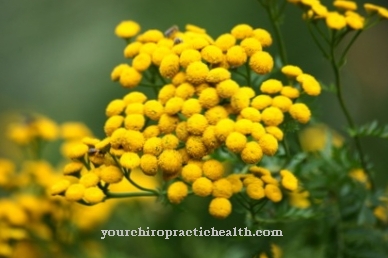
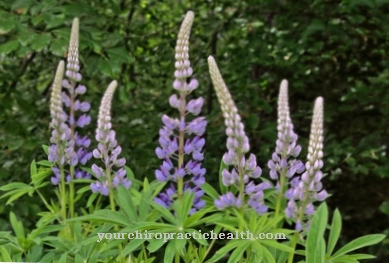
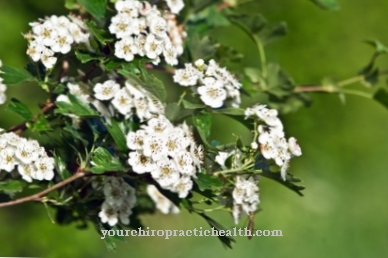
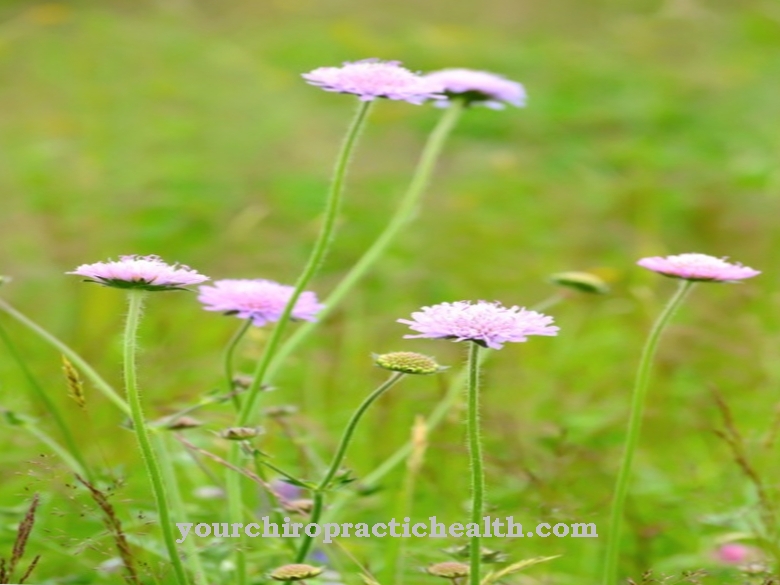
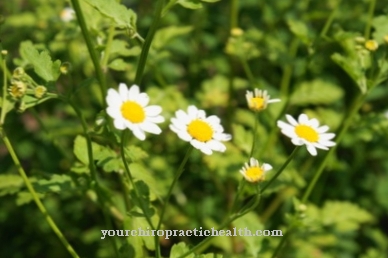
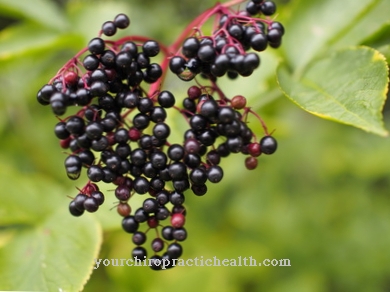


















.jpg)


